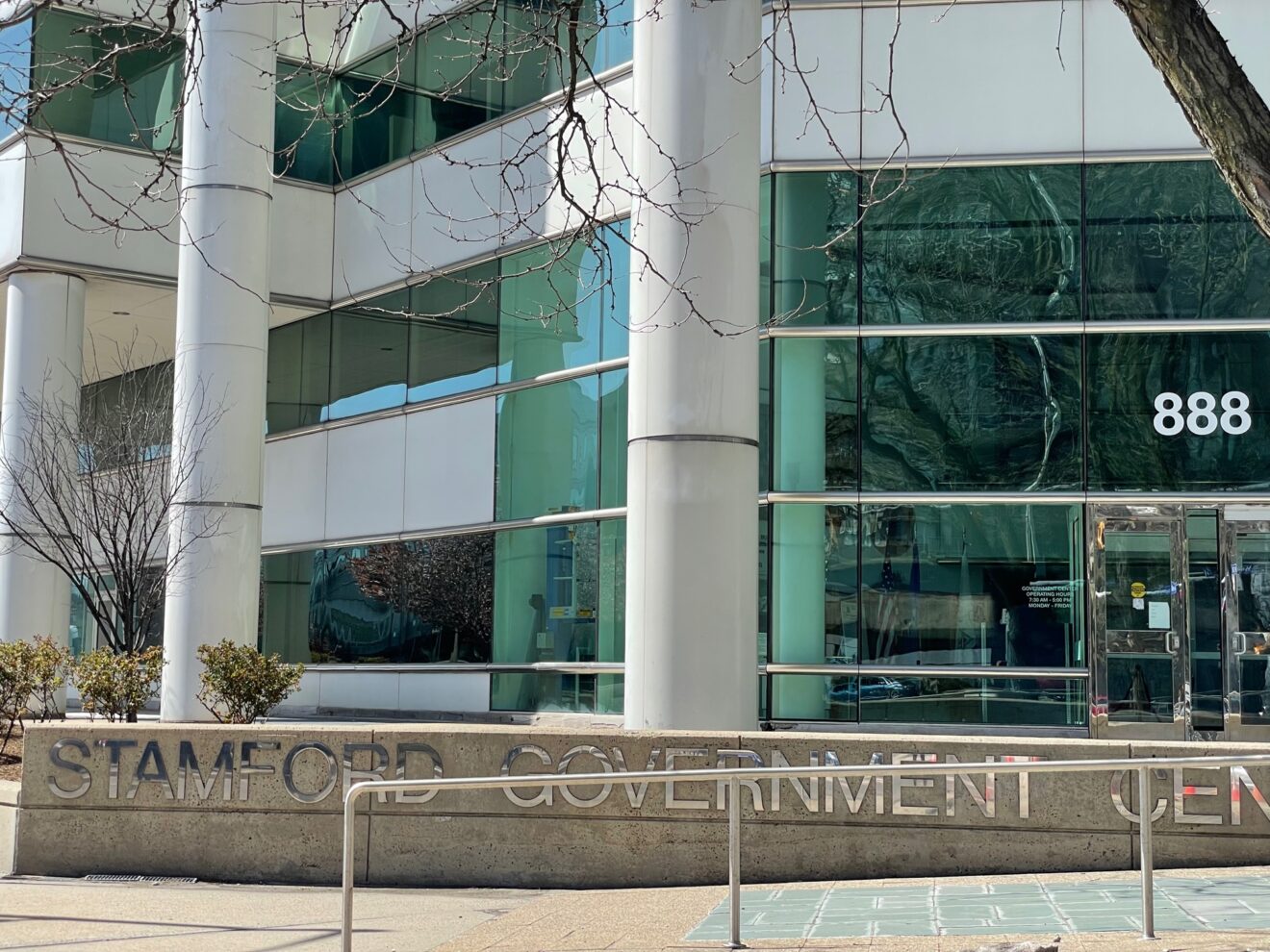City Rep. Monica Di Costanzo ticked off page numbers to the sound of Fiscal Committee members flipping through the budget book.
“Sixty-one, sixty-two, sixty-three,” Di Costanzo said, reading thro...
Haven’t subscribed yet? Click here to register.
CT Examiner is just $20 a year. And if you want to unsubscribe? That’s online and at the click of a button. No phone calls. No runaround. No hassle.
At less than a tenth the cost of our statewide competitors, our promise to you is no-nonsense federal, state, and local news that’s nonpartisan, respects your privacy and is ad-free.
Subscribe and see why CT Examiner is the fastest growing news source in Connecticut.
